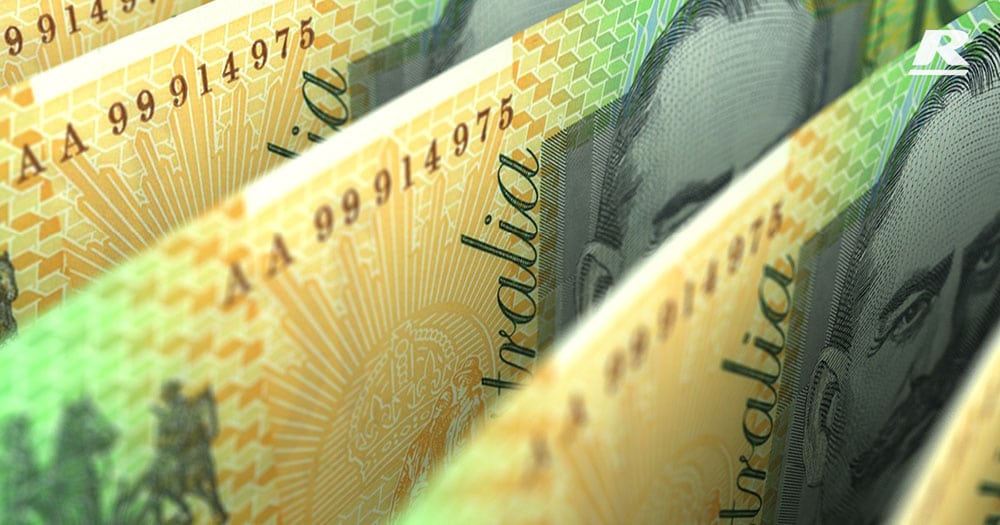Who Wants An Extra Couple Of Hundred Dollars Per Day? – Ask Us How.
If it starts raining in February and keeps raining through March and April you will have plenty of green grass by May. If it doesn’t do you have a plan?
There shouldn’t be a cow in the district incapable of peaking at two kilograms milk solids but to do so they need 220-240 M/j/day and close to 4 kilograms of dietary protein.
On the flip side there isn’t a cow in the district that can turn air into milk. If it doesn’t start raining soon, hunger and particularly a lack of protein will be the two big challenges for milk production for fresh March/April cows. Protein is protein and it doesn’t matter much whether it comes from green grass, green hay or silage, a summer crop or out of the silo, as long as they are getting enough (unless you are talking extremely high production cows).
In a dry Autumn the grass and Summer crop might not exist and green hays are expensive so if you want to feed as much protein as the cow needs you better look pretty hard at what is in the silo. In the table below we have calculated the likely milk production of an average black and white herd based on various diets. The first row is to work out the contribution of a few kiks green feed (crop or grass), a few kgs home grown silage and some purchased cereal hay. A total of 14 kg cow food in dry matter or slightly underfed. It is used as a base line that might re-flect closely what we expect 80% of the farms will have on offer.
In the table we are assuming the same base diet is offered in every circumstance. After that we added supplements at various rates (4kg or 8kg) with different levels of protein to see what might be expected. We chose 40 cents per litre as the milk price.
| Grain cost cents per kg | Total grain cost | Other feed costs | Milk based on energy | Milk based on protein | Actual milk produced | Value of Milk | Cents per litre | Milk value less feed costs | Number of cows | Total farm income less feed costs | |
|---|---|---|---|---|---|---|---|---|---|---|---|
| 0kg Grain | 0 | 0 | $3.73 | 11.29 | 12.62 | 11.29 | $4.52 | 33c | 0.79 | 300 | $236 |
| 4kg — 12% C/P | 35 cents | $1.40 | $3.73 | 18.37 | 15.94 | 15.94 | $6.38 | 32c | $1.25 | 300 | $374 |
| 4kg — 16% C/P | 38.4 cents | $1.54 | $3.73 | 18.37 | 17.05 | 17.05 | $6.82 | 31c | $1.55 | 300 | $466 |
| 4kg — 25% C/P | 42.7 cents | $1.71 | $3.73 | 18.37 | 19.54 | 18.37 | $7.35 | 29.6c | $1.91 | 300 | $573 |
| 8kg — 12% C/P | 35 cents | $2.80 | $3.73 | 25.45 | 19.26 | 19.26 | $7.70 | 33.9c | $1.17 | 300 | $352 |
| 8kg — 16% C/P | 38.4 cents | $3.07 | $3.73 | 25.45 | 21.48 | 21.48 | $8.59 | 31.6c | $1.79 | 300 | $539 |
| 8kg — 19% C/P | 40.2 cents | $3.22 | $3.73 | 25.45 | 23.14 | 23.14 | $9.26 | 30c | $2.31 | 300 | $693 |
| 8kg — 22% C/P | 41.3 cents | $3.30 | $3.73 | 25.45 | 24.80 | 24.80 | $9.92 | 28.3c | $2.89 | 300 | $866 |
| 8kg — 25% C/P | 42.7 cents | $3.42 | $3.73 | 25.45 | 26.46 | 25.45 | $10.18 | 28.1c | $3.03 | 300 | $910 |
KEY POINTS
- Although 16% protein is better than 12% protein it is still miles below 22 or 25% protein for milk production and milk profit.
- Although 8 kg of a cheap low protein grain/pellet produces more milk than 4 kg of 25% pellets it is $200 a day less profitable.
- The cost of making milk decreases as protein increases giving the farmer a bigger profit margin per litre as well as more litres to sell.
- This table only applies to the dry time of year for fresh cows and a different approach is required when grass starts growing again.
If you’d like to increase your livestock farming gains and get professional feeding advice. Call 1300 REID FEED or enquire here >
